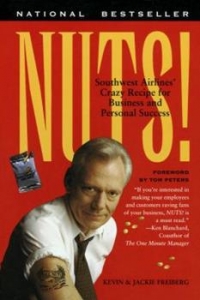The Long and Short of Blog Sentences

“This is one of the most helpful pieces of social media I’ve seen. It’s not a meme. It’s a grammar lesson”, Jeremy Ross Miller commented on a LinkedIn post by David Plough, advising writers to “make music” by using a combination of short, medium, and long sentences. Readers’ ears demand variety Plough explains. Short and medium sentences should be used with the greatest frequency. Only sometimes, when he is certain the reader is rested, will Plough engage him with a sentence of considerable length, one that “burns with energy and builds with all the impetus of a crescendo, sounds that say listen to this, it is important”.
Like Miller, I appreciated this gorgeously written “music lesson”, particularly the advice about long and short sentences. In the blog content writing world, of course, the long/short debate is never-ending.
Opinions about long and short in blogging
Jasmine Gorden of Lean Labs cites just a handful:
- Medium – The ideal length of a blog post is seven minutes or 1,600 words.
- SERPIQ – Top three Google results are between 2,350 and 2,500 words.
- Neil Patel – Posts of at least 1,500 words earn the best SEO and social sharing results.
- Write Practice – posts of 275 words are best for eliciting comments.
At Say It For You, we consider ourselves “done” composing a particular post if:
- we’ve covered at least one aspect of the topic in depth
- we’ve offered more value than the competition
- we’ve incorporated high-quality visuals
- we’ve verified our research and facts
Does length matter in business blog post titles?
The most effective length for any one blog post title is as long as it takes to signal to online searchers that “right here” is where they will get answers. I teach the importance of keeping a very specific focus within each post. Describing that focus dictates the title’s length.
Length and brevity – both tools in blog post sentences
As a general rule, we bloggers need to keep our sentences not only short, but active. Sentences in the active voice have energy and directness. Blog content writing needs to be personal and conversational, not terse. Don’t just be short; be sweet, is the mantra at Say It For You.
Mr. Plough, your LinkedIn post was an inspiration. In just a few short paragraphs, you definitely made sounds that said “Listen to this, it is important”.





Follow us online!